A Bird Like No Other
The ostrich (Struthio camelus) is a creature of extremes—the largest, fastest, and arguably the most fascinating bird on Earth. Native to Africa, this flightless wonder has captivated humans for centuries, from ancient Egyptian civilizations to modern wildlife enthusiasts. With its long neck, powerful legs, and striking plumage, the ostrich is a true marvel of evolution.
But what makes this bird so unique? How does it survive in harsh environments, and why has it evolved such remarkable traits? In this in-depth exploration, we’ll uncover the secrets of the ostrich, from its biology and behavior to its role in ecosystems and human culture.
By the end of this article, you’ll understand why the ostrich is far more than just a big bird—it’s a testament to nature’s ingenuity.
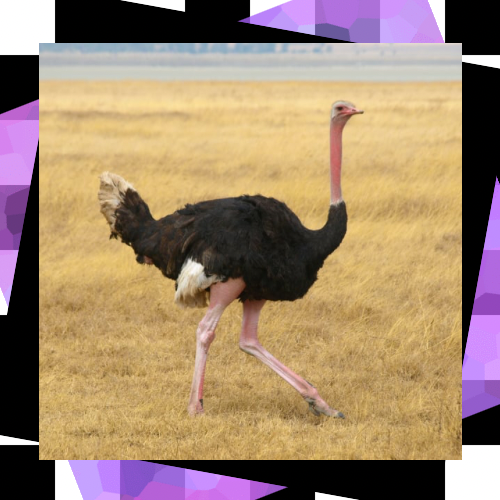
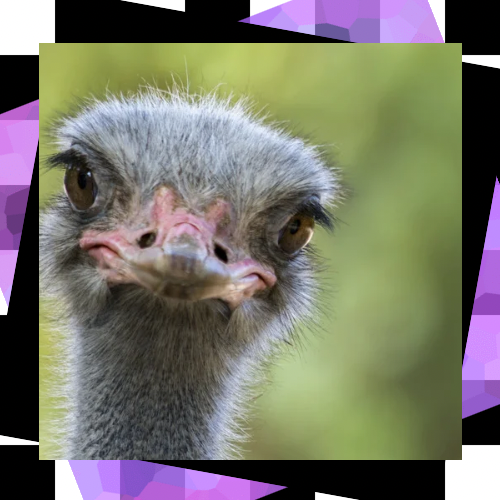
Ostrich Basics: The World’s Largest Bird
Physical Characteristics
- Height: Up to 9 feet (2.7 meters) —taller than most humans!
- Weight: Between 220–350 lbs (100–160 kg) —about the size of two adult kangaroos.
- Lifespan: 40–50 years in the wild, even longer in captivity.
- Distinctive Features: Long legs, a bare neck, and large, expressive eyes (the biggest of any land animal).
Unlike most birds, ostriches have only two toes —an adaptation for running at high speeds. Their legs are so powerful that a single kick can kill a lion.
Flightless but Mighty
Ostriches belong to a group of birds called ratites, which also includes emus, rheas, and the extinct moa. These birds lost the ability to fly millions of years ago, instead evolving for speed and endurance. Their small wings are used for:
- Balance while running
- Courtship displays (males fan their wings to attract mates)
- Shade for chicks on hot days

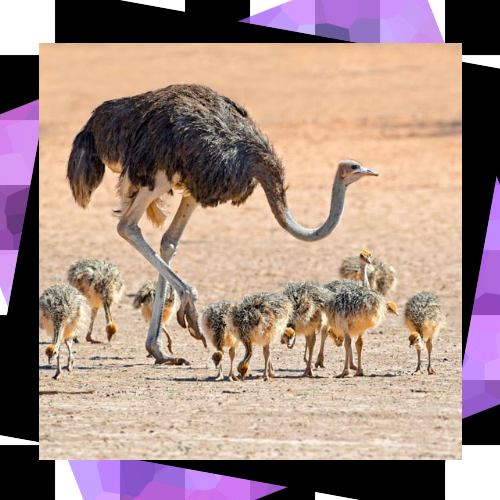
Speed & Survival: The Ostrich’s Superpowers
The Fastest Land Bird on Earth
Ostriches are built for speed:
- Top Speed: 43 mph (70 km/h) —faster than a racehorse.
- Stride Length: Up to 16 feet (5 meters) in a single bound.
- Endurance: Can maintain 30 mph (48 km/h) for extended distances.
This incredible speed helps them escape predators like lions, cheetahs, and hyenas.
Defense Mechanisms
When running isn’t an option, ostriches rely on:
- Powerful Kicks: Their legs can deliver 800 psi of force —enough to crush bones.
- Camouflage: They flatten their necks against the ground to blend into the landscape (contrary to the myth that they bury their heads).
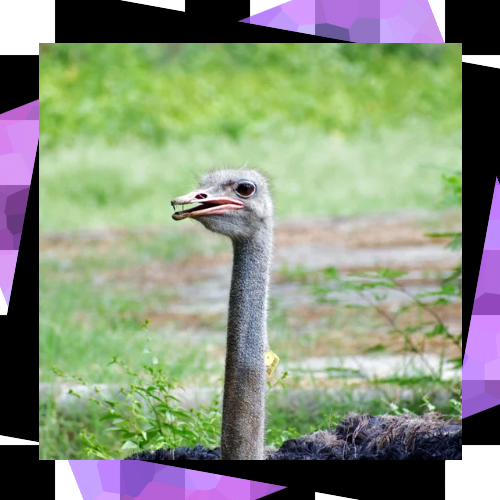
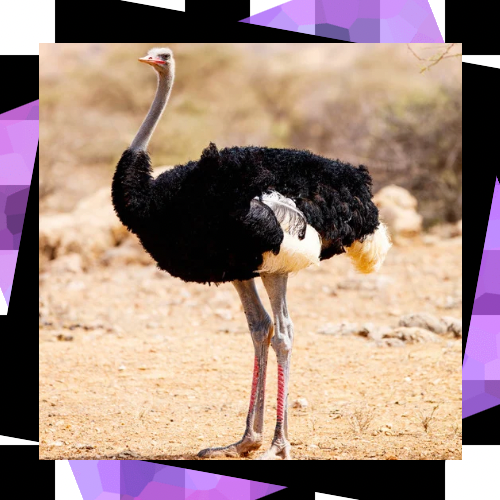
Diet & Habitat: What Do Ostriches Eat?
Omnivorous Appetites
Ostriches aren’t picky eaters. Their diet includes:
🌿 Grass, seeds, and leaves
🦗 Insects, lizards, and small rodents
🪨 Pebbles and sand (to help grind food in their gizzard)
Surviving in Harsh Environments
Ostriches thrive in:
- Savannas
- Deserts
- Open woodlands
They can go days without water, extracting moisture from plants.
Reproduction: Giant Eggs & Unique Parenting
The Largest Eggs in the World
- Size: 6 inches (15 cm) long, weighing 3 lbs (1.4 kg) —equivalent to 24 chicken eggs!
- Shell Thickness: So tough, it takes a human 30 minutes to crack one open.
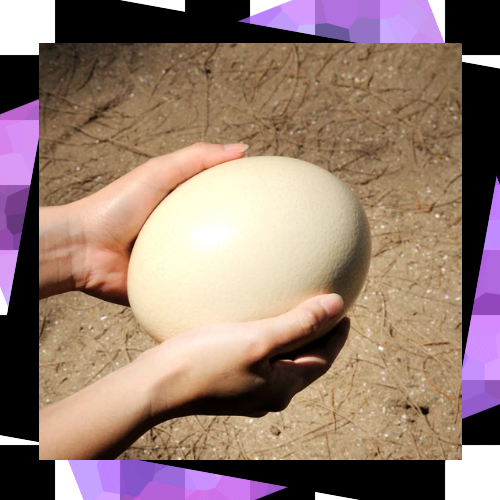
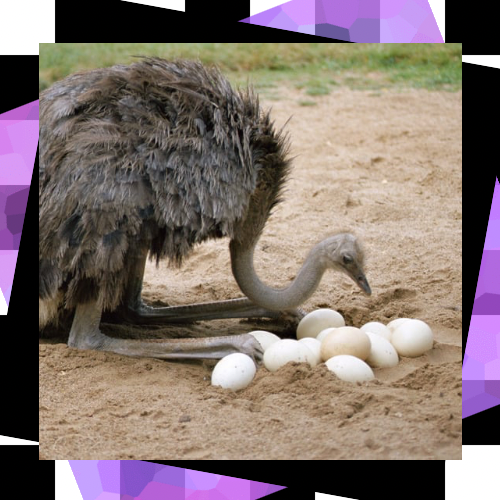
Mating & Nesting Habits
- Polygamous: One male mates with multiple females.
- Communal Nesting: Females lay eggs in a shared nest, with the dominant female’s eggs in the center (most protected).
- Incubation: Males take the night shift; females handle the day.
Fun Facts & Trivia
🔹 Ostriches have the largest eyes of any land animal —bigger than their brains! 👀
🔹 Their kicks can break bones —zookeepers approach them cautiously.
🔹 Ancient Egyptians farmed ostriches for feathers and leather.
🔹 They don’t have teeth! Instead, they swallow pebbles to grind food.
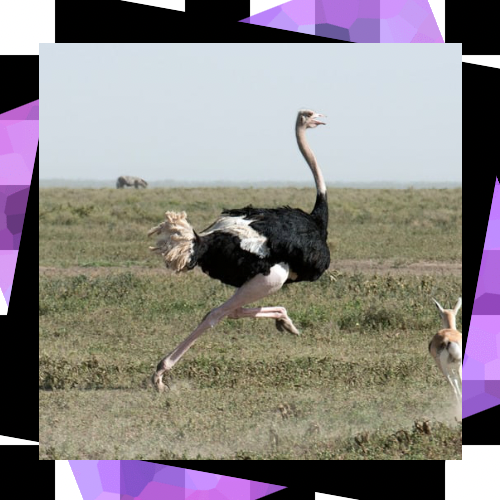
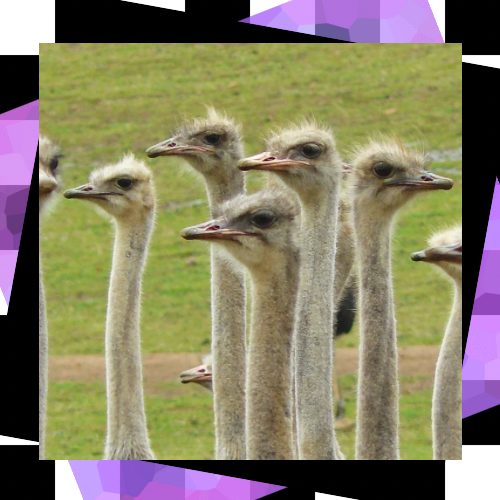
Conclusion: Why Ostriches Are Amazing
From their record-breaking speed to their giant eggs, ostriches are truly one of nature’s most remarkable birds. Whether you’re amazed by their survival skills or just love fun animal facts, the ostrich never fails to impress.
Would you ever want to see an ostrich up close? Let us know in the comments!
References & Sources
- National Geographic – https://www.nationalgeographic.com/animals/birds/facts/ostrich
- San Diego Zoo Wildlife Alliance – https://animals.sandiegozoo.org/animals/ostrich
- Smithsonian’s National Zoo – https://nationalzoo.si.edu/animals/ostrich
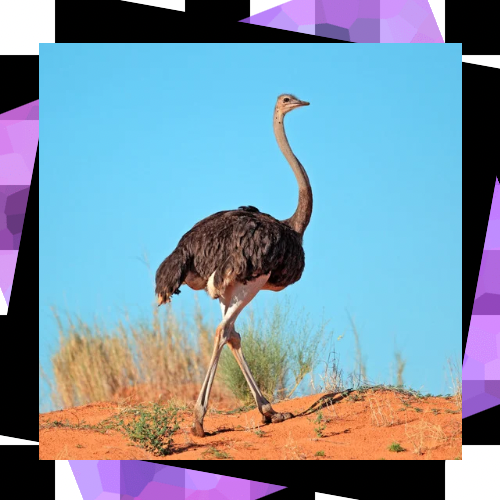


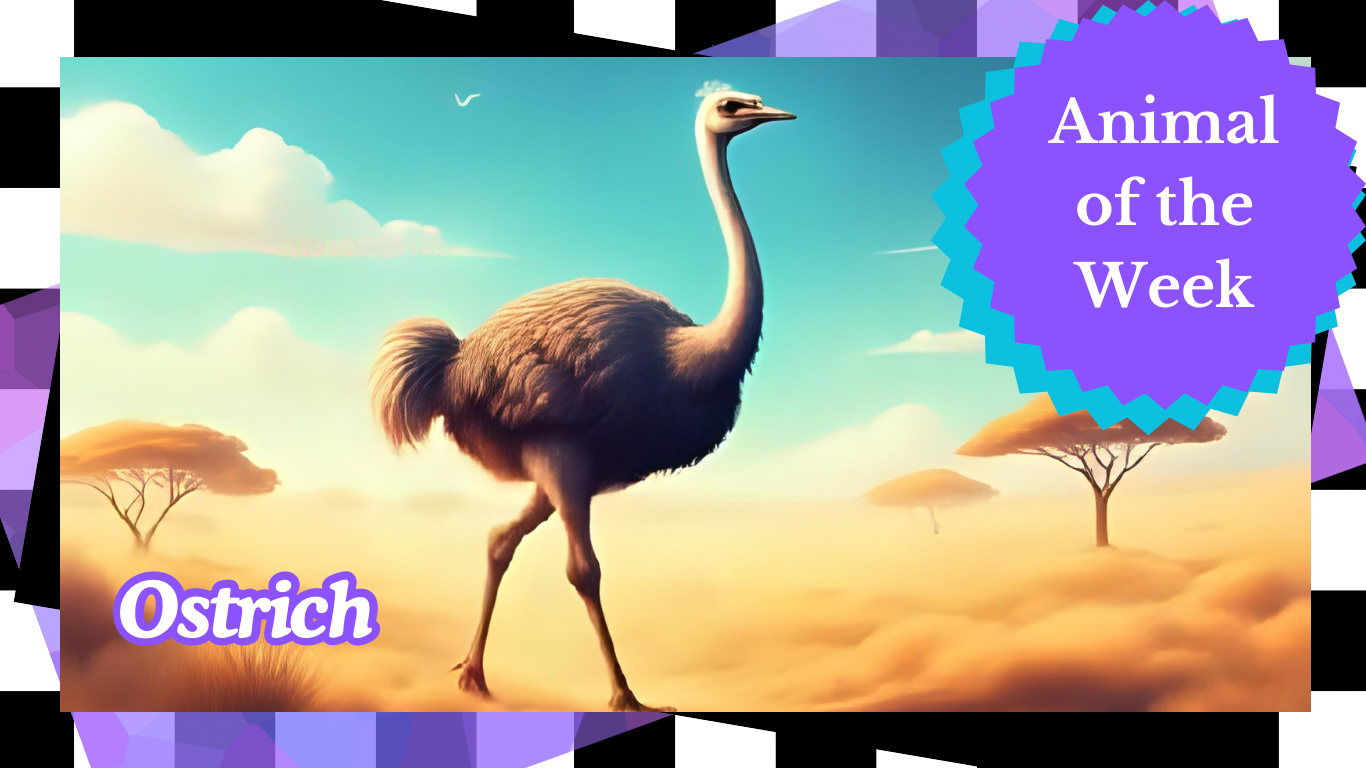
Thank you for being of assistance to me. I really loved this article.
Nice post. I learn something new and challenging on sites I stumbleupon everyday. It’s always exciting to read through content from other authors and practice a little something from other web sites.
You should be a part of a contest for one of the finest blogs on the net. I’m going to highly recommend this blog!